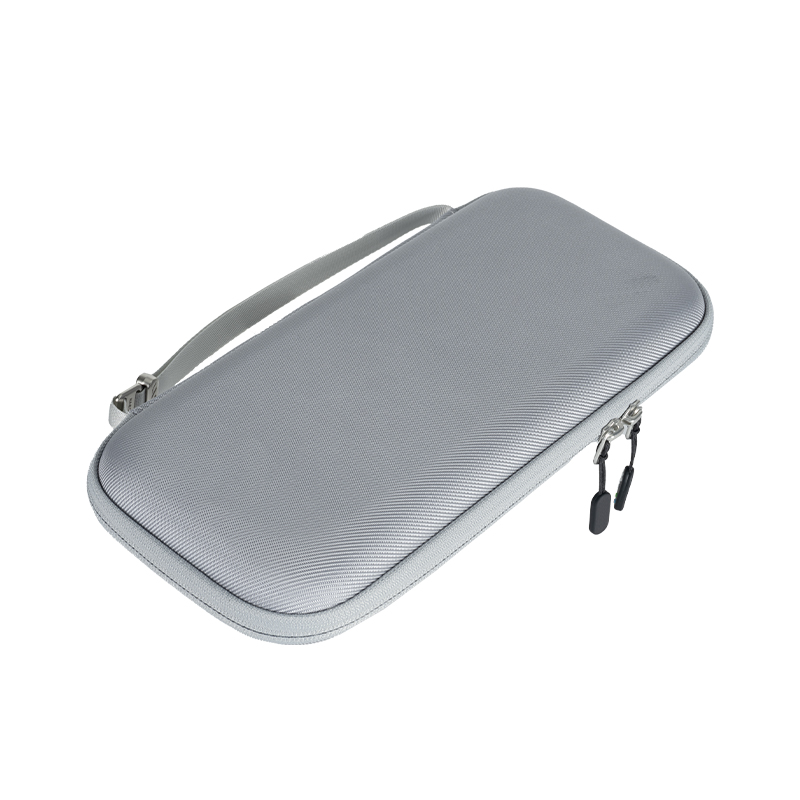

The Rise of Medical Bags: Function, Innovation, and Market Trends
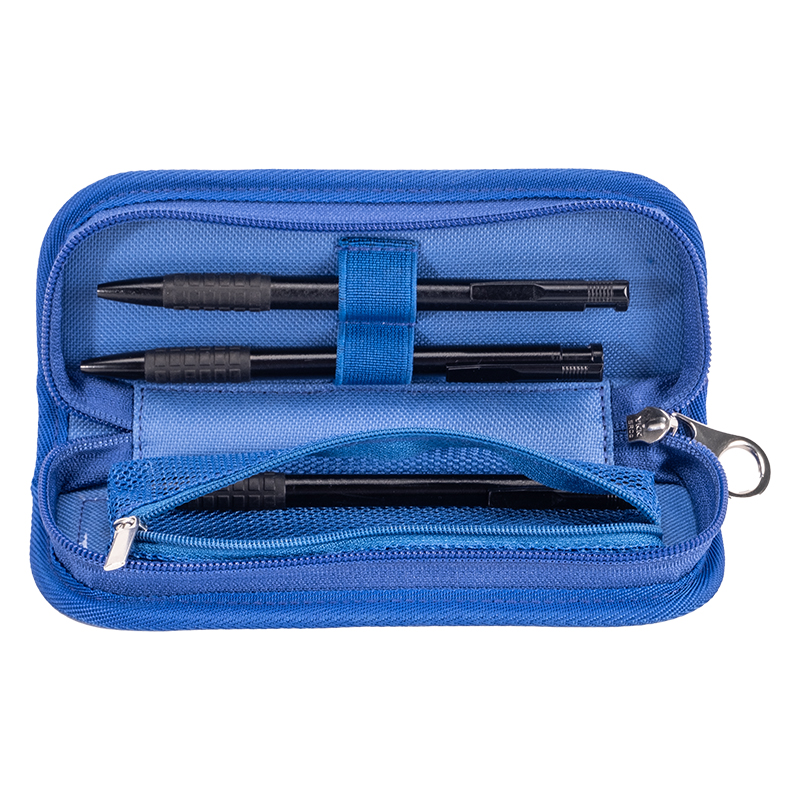
In medical care and emergency response, a medical bag is much more than a simple container. It is a mobile tool, an organizational system, and a protective barrier that helps healthcare professionals respond quickly, safely, and reliably. As global healthcare demands intensify—with aging populations, chronic disease prevalence, and the growth of home and field care—medical bags are evolving in design, materials, and functionality to meet rigorous standards.
What Is a Medical Bag?
A medical bag (sometimes called a doctor’s bag, emergency bag, or first responder kit bag) refers to a portable container for carrying medical supplies, instruments, medications, and devices. Historically, doctor’s bags were made of leather, featuring a hinged frame and top opening for ease of access.
维基百科
In modern practice, medical bags come in many shapes and materials—nylon, EVA, specialized polymers—with multiple compartments, fold-out trays, modular dividers, and quick-access closures. They are used in hospitals, ambulances, community clinics, home care visits, disaster response, and more.
Key Performance and Design Features
To fulfill their critical role, medical bags must incorporate several essential features:
1. Durability and Protection
Medical bags must protect delicate instruments and medications from physical shock, moisture, and contamination. This often means using rugged fabrics, padded linings, sealed seams, water-resistant coatings, and rigid or semi-rigid frames that prevent collapse.
2. Organization and Accessibility
Well-designed interior layouts—compartments, elastic loops, detachable dividers, mesh pockets—are critical so that medical personnel can find tools instantly under pressure. A chaotic bag costs precious seconds.
3. Portability and Ergonomics
Carrying a loaded medical bag over long shifts or uneven terrain demands ergonomic design: comfortable handles, shoulder straps, weight balance, wheeled options, and ease of transition between carry modes.
4. Sterility and Hygiene
Materials must be easy to disinfect, resist microbial growth, and prevent contamination. Smooth, wipe-clean surfaces, minimal exposed stitching or Velcro traps (which can harbor pathogens), and antimicrobial linings are common design choices.
5. Modularity and Customization
Medical needs differ by specialty and setting. A bag used for diabetes home visits is very different from a trauma response bag. Many manufacturers offer modular inserts, detachable modules, or configurable compartments so clients can tailor the interior to their needs.
6. Advanced Features and Smart Integration
Some newer medical bags include smart features—RFID tracking of contents, temperature sensors (for cold chain medications), electronic logging of usage, or reminder systems. These allow for better inventory control and accountability in critical care.
Market Trends and Growth
The global market for medical bags is expanding steadily. According to market reports:
The Global Medical Bag Market was valued at around USD 180 million in 2023 and is projected to reach nearly USD 295 million by 2032, achieving a compound annual growth rate (CAGR) of about 5.5%.
dataintelo.com
Another report forecasts the medical bag market to grow at a CAGR of 6.4% through 2033, reaching 304.8 million units in volume by that time.
datainsightsmarket.com
In the broader category, medical specialty bags (which include bags for IVs, sterile packaging, and more) is also expanding, projected to rise from USD ~9.6 billion in 2025 to over 15.35 billion by 2035 at a CAGR of ~4.8%.
Future Market Insights
+1
Growth is driven by factors such as:
Increased demand for portable medical care, home health services, and mobile clinics
Rising prevalence of chronic diseases requiring regular interventions
Stringent regulatory and sterility requirements pushing adoption of higher-quality bags
Innovation in materials (lightweight composites, antimicrobial fabrics) and smart integration
Demand in emerging markets, especially in Asia-Pacific, where healthcare infrastructure is expanding rapidly
Example: A Leading Rolling Medical Bag
One well-known product is the Hopkins Medical Rolling Med Bag with EZ-View. This bag highlights practical features tailored to medical professionals:
Wheeled design with a telescopic handle to ease transport over distances and reduce shoulder strain
亚马逊
+1
Multiple compartments: a file pocket that folds down into a workspace, pockets for smaller items, and a padded laptop sleeve
HeartWell Medical
+1
End pouches for sharps disposal and hand-washing items
Waterproof polyester (600D) construction with protective coatings
HeartWell Medical
+1
Lockable file compartment, reinforced base, and thoughtful internal structuring for organization
This example shows how premium medical bags combine mobility, organization, and protection to fit real-world use.
Challenges and Outlook
While the medical bag market is promising, manufacturers and users must navigate challenges:
Cost versus quality trade-offs: high-spec, antimicrobial materials and smart electronics raise costs; lower-tier products may cut corners.
Regulatory compliance and certification: Medical devices often must meet regional standards for sterilization, material safety, and labeling.
Durability under extreme conditions: Bags used in disaster zones, outdoors, or mobile units face harsh conditions; stress testing for drop, abrasion, moisture, temperature is essential.
Balancing weight and protection: Overly heavy bags become a burden; minimalist bags may sacrifice protection or structure.
Integration of smart features without sacrificing durability, waterproofing, or battery life.
The future points toward smart, adaptive, sustainable designs. Bags that monitor contents, automatically log usage, or adjust compartments dynamically may become standard. Meanwhile, eco-friendly and antimicrobial materials will become more demanded, especially in infection control contexts.
Conclusion
Medical bags sit at a critical intersection of utility, protection, and mobility. For medical professionals operating under pressure, they are as vital as the tools they carry. As healthcare continues evolving toward decentralization and home-care, demand for smarter, lighter, and more robust medical bags will only increase. In this evolving landscape, manufacturers who can combine thoughtful design, robust materials, hygiene, and digital integration will lead the next wave of innovation in medical bag solutions.
Recommend news
Related information
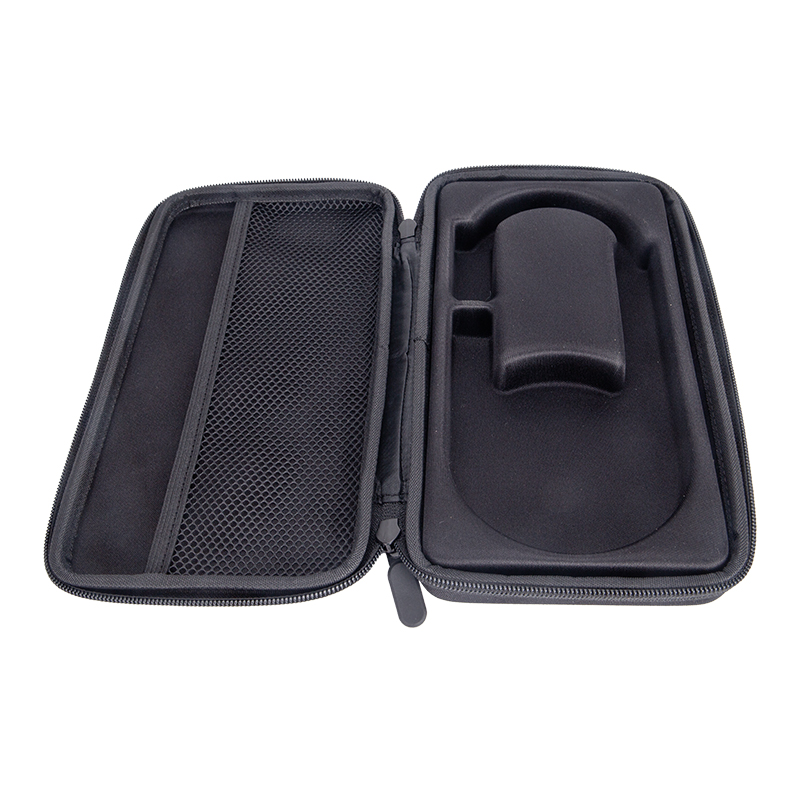
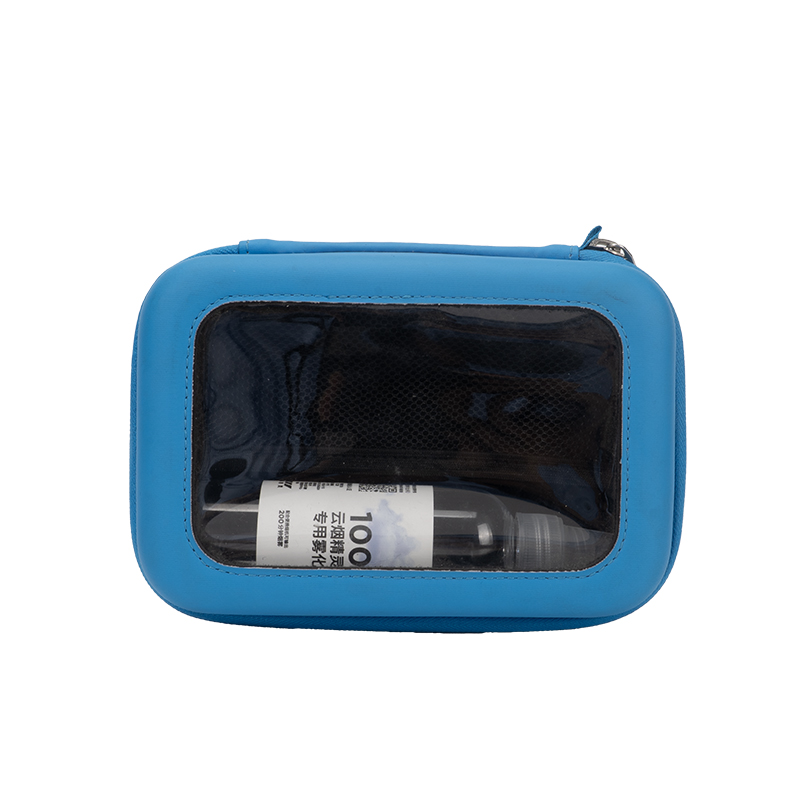
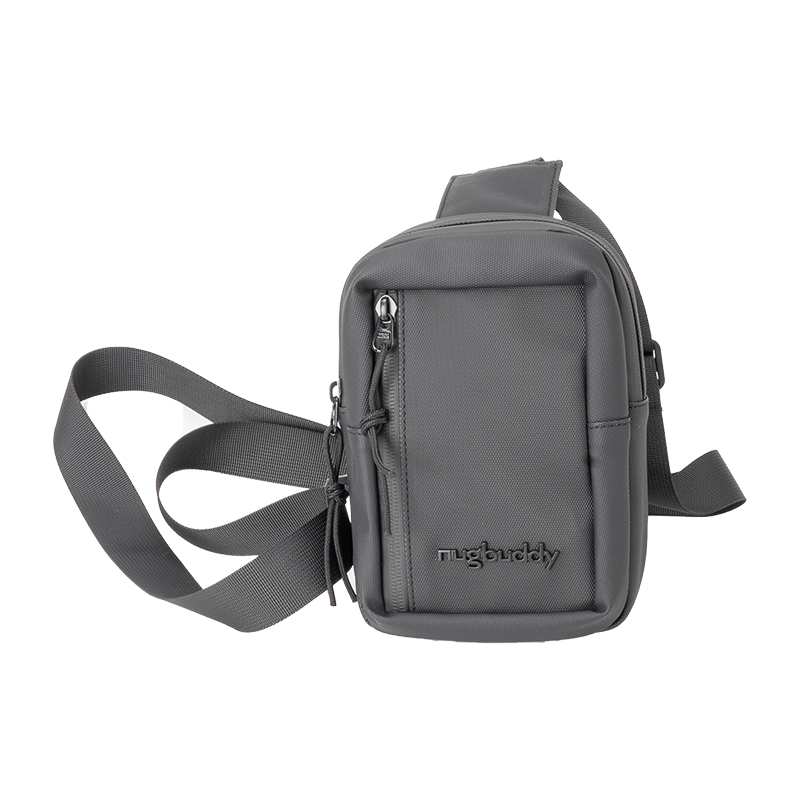

Contact Us
Contact: Roger Young
Tel: +86 13829257690
Email:sale@chfine.com
Address: 72#,Dongbao Road,Houjie Town,Dongguan,Guangdong,China.
JOIN TEAM
Be the first to get new knowledge
FOLLOW







Chfine(CN) | EVACAMARA CASE | RX packaging
COPYRIGHT @ 2022 ,Dongguan Chfine Luggages And Cases Co., Ltd. All rights reserved






